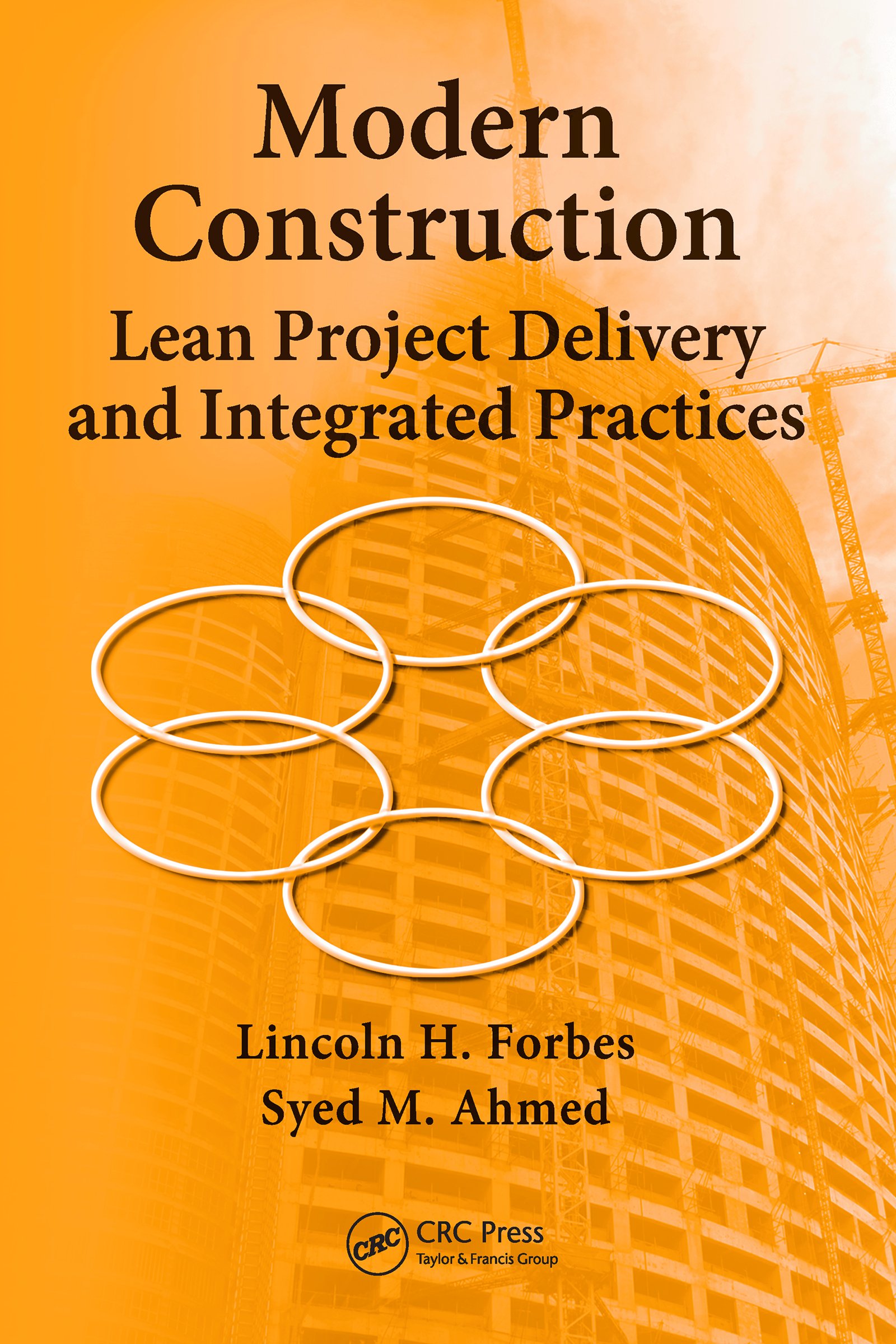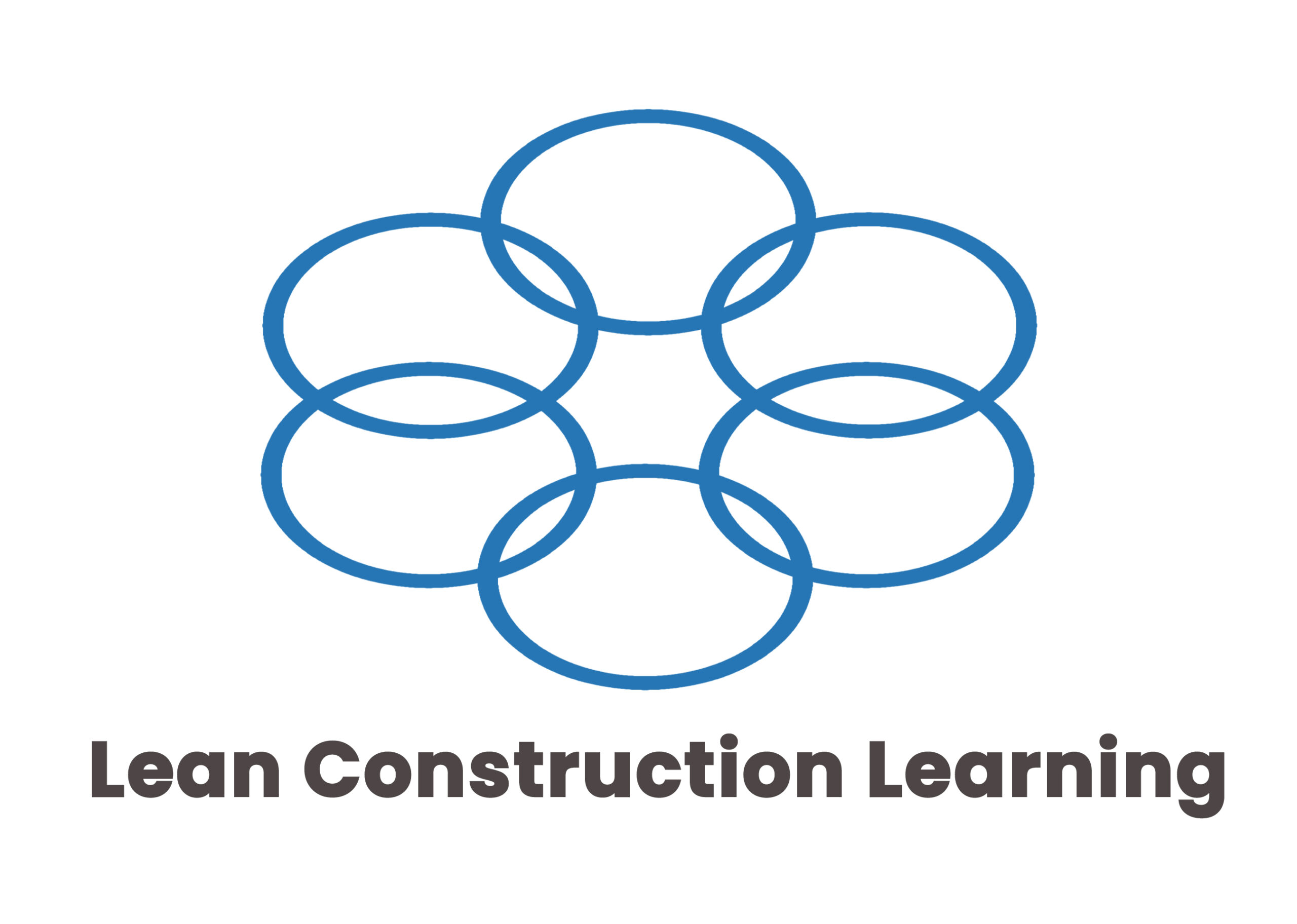Lean Project Delivery and Integrated Practices in Modern Construction is the new and enhanced edition of the pioneering book Modern Construction by Lincoln H. Forbes and Syed M. Ahmed.
This book provides a multi-faceted approach for applying lean methodologies to improve design and construction processes. Recognizing the wide diversity in the landscape of projects, and encompassing private and public sector activity, buildings and infrastructure.
Greater emphasis on the importance of creating a lean culture and the initiatives required to transform the industry;
Expanded discussions of the foundational writings in lean construction theory;
Exploration of the synergies between “lean” and “green” initiatives;
Specific procedures for modifying planning and scheduling activities to improve the performance of the project team;
Expanded sections on quality, and topics that have become a part of the lean lexicon, such as Choosing by Advantages, “line of balance”/location-based scheduling, virtual design teams, takt time planning and set-based design;
Discussion questions for beginners and advanced lean practitioners;
Improved cross-referencing within the text to help the reader navigate the frameworks, techniques and tools to support the application of lean principles.
The techniques described here enhance the use of resources, reducing waste, minimizing delays, increasing quality and reducing overall costs. They enable practitioners to improve the quality of the built environment, secure higher levels of customer/owner satisfaction, and simultaneously improve their profitability. This book is essential reading for all those wanting to be at the forefront of construction management and lean thinking.
Overview of Book Chapters
| 1 | Overview of the Construction Industry |
| 2 | Foundations of Lean Construction |
| 3 | Lean in Design |
| 4 A | Lean in the Construction Phase of the LPDS |
| 4 B | Location-Based Planning and Controlling Methods |
| 5 | Information and Communication Technology/ Building Information Modeling (BIM) |
| 6 | Performance Measurement |
| 7 | Lean Culture and training 8. Management and Worker Factors |
| 8 | The Integrated Project Delivery (IPD) Method |
| 9 | Lean Construction Applications. |
| 10 | Quality Management in Construction and Six Sigma: A Complement to Lean Construction |
| 11 | Sustainable Construction: Environmental Sustainability and Commissioning |
| 12 | Safety Management |
| 13 | General Lean Tools |
| 14 | Learning from Projects and Enhancing: Lean Project Delivery and IPD |
| 15 | Advanced Last Planner® System (LPS) Metrics for Construction Planning and Control. Glossary of Lean Terms |
Other Publications

FEATURES OF THE BOOK • Explains how lean methods can reduce project costs and schedules by 10% to 15% or more. • Serves as both a reference book and a valuable source for coursework in lean construction (Used by a number of Universities as a Construction Management text) • Reinforces learning through discussion questions at the end of each chapter • Provides a solid foundation for lean construction by explaining its historical development and leading the reader through its ongoing evolution • Covers methodologies that are not usually found in one reference and links them together so that they support each other—lean methods, quality management, Six Sigma, sustainability (LEED, Energy Star), commissioning, and safety management • Balances coverage of theory and practice with descriptions of lean principles and actual cases of successful applications of lean innovation and older techniques such as Six Sigma • Addresses the human element from several angles, including behavioral/motivational and ergonomics/ human factors relative to worker performance • Takes a realistic approach to promoting change in the industry by showing how innovative industry stakeholders can start lean endeavors unilaterally even in traditionally run projects • Provides an extensive glossary of lean terms

